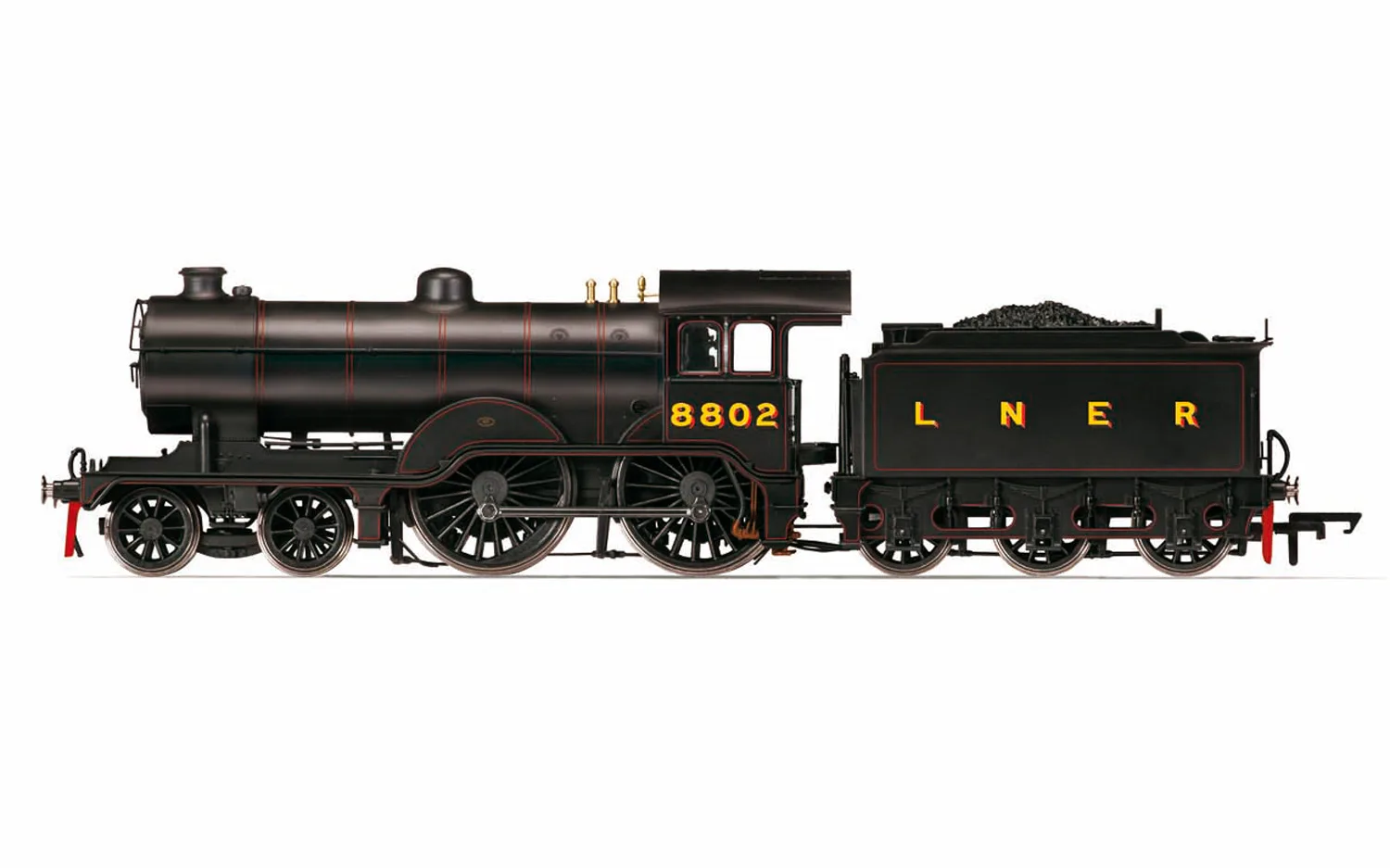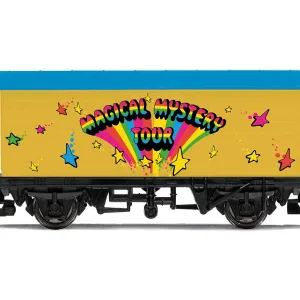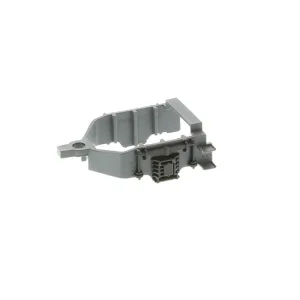LNER, D16/3 Class, 4-4-0, 8802 – Era 3
The locomotive exchanges of 1948, initiated by the fledgling British Railways, had far reaching consequences for the future locomotive stock of the industry, not least in the construction of new classes of steam traction. The first of the new classes to be ordered by the Railway Executive was for a new 4-6-2 Pacific design, incorporating the best in steam technology and with reduced maintenance requirements.
Robert Riddles, as the first Chief Mechanical Engineer of British Railways drew heavily on his previous LMS designs in designing the new 4-6-2, with elements from Bulleid’s SR Merchant Navy design, blastpipe configuration from the GWR and LNER crank design being incorporated. Weight limits were kept within Bulleid’s Light Pacific margins and the result was a pleasing looking, very capable mixed traffic locomotive. The naming of locomotives under British Railways management was undertaken by a Locomotive Naming Committee of three senior railway officers, but it was Bishop Eric Treacy that suggested the name of Britannia for 70000, the first of the class, and it was by this name that the class was generally known. The 55 locomotives of the Britannia class were designed at Derby and constructed at Crewe between 1951 and 1954 in three batches, with the initial order being for 25 locomotives.
Such was the demand from the Eastern Region for the Britannias that the remaining 30 locomotives were put into production before the chance had arisen to iron out any running flaws. As a result of this, the first 25 locos in the class suffered from a number of issues, the most serious being the discovery that the driving wheels were shifting on the axle and so those engines were withdrawn from service in October 1951 for modifications before re-entering service, mainly on the Eastern Region. It was the Eastern Region that benefitted most from the introduction of the Britannia class, transforming the timetables of the mainline services, but the Southern Region also welcomed the class as 70004 William Shakespeare and 70014 Iron Duke were allocated to Golden Arrow duties, as well as the seven locomotives allocated to the region in May 1953, being cover for the temporarily withdrawn Merchant Navy class locomotives.
The Western Region were less receptive initially, crews being unfamiliar with the left hand drive operation, but in time they were accepted, as they were on the Midland Region. Wales and Scotland were also home to the later engines, testament to the concept of British Railways standardization plan, as never before had a locomotive class been so widely distributed. Withdrawal for the class came too soon, with the lifespan of the locomotives varying between just twelve and seventeen years. But 70013 Oliver Cromwell survived long enough to be selected to haul the very last British Rail Steam Special in August 1968.
70007 Coeur-De-Lion entered traffic on April 25, 1951, allocated first to Stratford Shed before being quickly moved on to Norwich Thorpe from mid-May 1951. Coeur-De-Lion spent just over ten years at Norwich before being moved across to March in the middle of November 1961, followed by a move to Carlisle Kingmoor where the locomotive was withdrawn from on June 19, 1965.
Maximum curve Hornby 2nd radius + / 438mm+.





